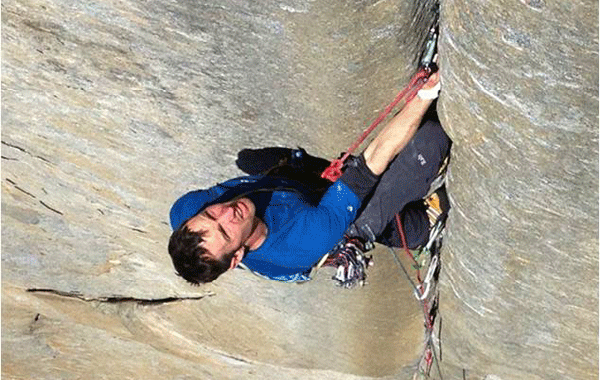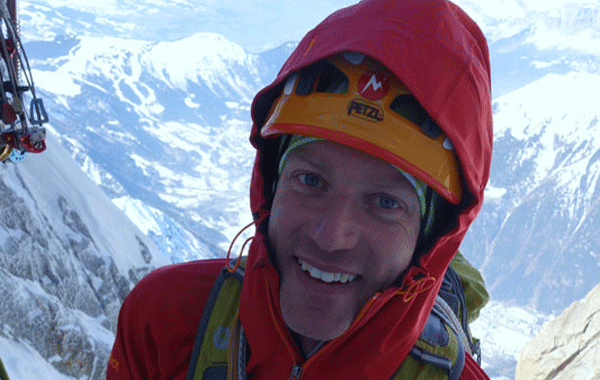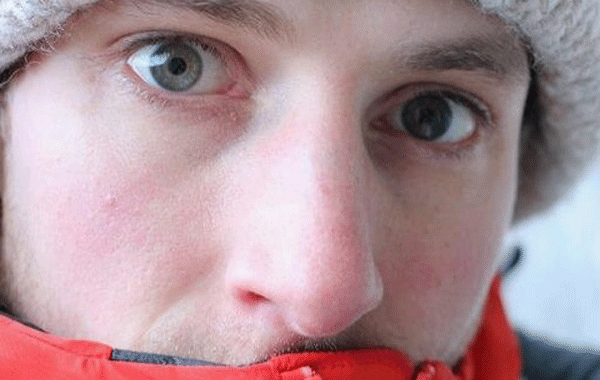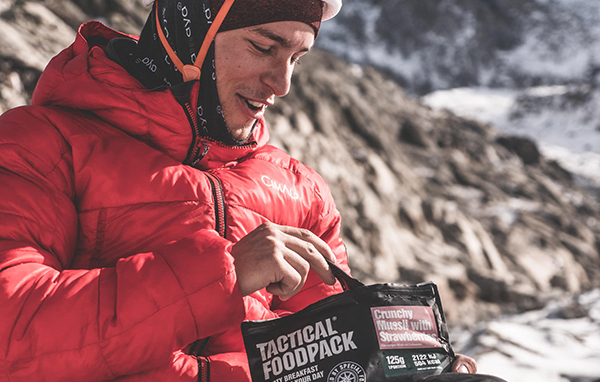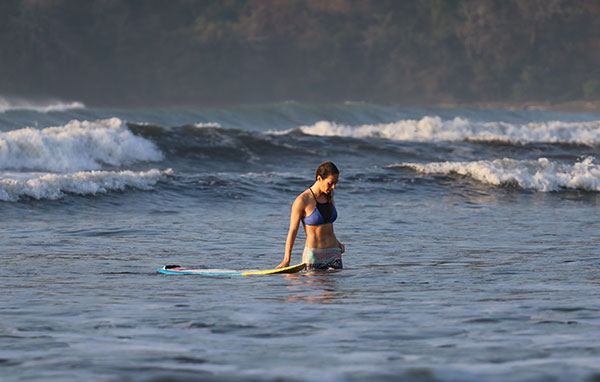JAMES McHaffie is a climber and MIA qualified climbing instructor based in the UK. Having worked at Plas Y Brenin for the last seven years he now works for himself guiding, running coaching awards for Mountain Training and works for Phill George Mountaineering on NGB courses such as MLs.
James specialises in rock climbing having onsighted/flashed more than 55 E7s covering most rock types in Britain, repeated the hardest sport climb in wales The Big Bang, the hardest sea cliff in Britain,The Longhope and set the hardest slab in Britain,The Meltdown.
James is proud to be one of seven BMC Ambassadors for climbing alongside Fran Brown, Shauna Coxsey, Molly Thompson Smith, Hazel Findlay, Steve Mcclure and Calum Muskett.
If you are looking to improve your climbing, learn more safety techniques, climb some classic routes or need instruction in any UK based mountain activity, the visit his website at www.jamesmchaffie.com.
How did you first get involved in climbing and when did you realise you had a real passion for the sport?
I first got into climbing when I was 15, I went to the local climbing wall, really liked the movement and asked dad to take me up a longer climb outside in the Borrowdale Valley, called Troutdale Pinnacle. After that I became immersed in it and climbed almost every day.
How did you first get involved in climbing and when did you realise you had a real passion for the sport?
It’s hard to pinpoint the most exciting experiences I’ve had in the UK and abroad but a few memorable ones were climbing the Voie Petit on the Grand Cap with Ben Bransby and Adam Long. Quite exposed and a tricky place to climb hard pitches.
In California in 2012 I climbed the Muir Wall free with Hazel Findlay and Neil Dyer, it was so hot we had to climb the last pitch in the dark for the cooler temperatures, by headtorch it made it feel wild. The day after that myself and Dan McManus tried to free Golden Gate in a day, we ended up a bit lost on the top right hand side of El Capitan (3,000ft rock face) and just got up it before a storm.
In the UK the most memorable day out I had was soloing 100 climbs in the lake district in a day in 2014, it meant covering a lot of climbing ground rapidly and was something which had been in the back of my mind for years.
Most of my climbing for the first five years was without a rope which is good for developing good technique and getting a lot of climbs in. When I was younger I had so many near misses it would have made Richard Dawkins believe in a God.
Many of the climbs in the UK are small but highly memorable having a big psychological element to them compared with the generally safer sport climbs found elsewhere.
Most of the traditional routes I’ve done mean a lot more than routes I’ve done on sport which have taken a many goes. They are more about adventure with a friend and variety, they also have a great deal of history about them.
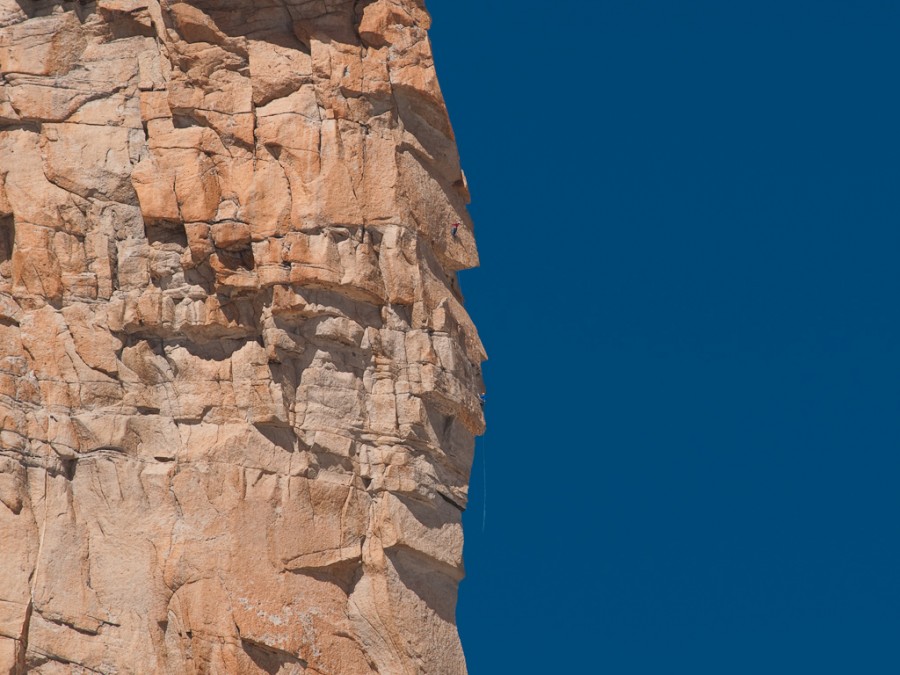
What is it about climbing and being in the mountains that makes you tick?
When you are climbing well on a cliff in a beautiful environment it’s one of the best feelings in the world. It offers a huge variety. From doing small boulder problems which on first acquaintance you think are impossible but with practice eventually feel easy. On the sea cliffs of Wales such as Gogarth or Pembroke where seals will often be nearby watching and offer stunning sunsets at the end of a day’s climbing. On the higher cliffs as found on Scafell and many areas in Scotland it may involve a long walk to gain the climbs where ravens will often be flying about and have a rarity value of climbing on these cliffs requiring a few days of warm dry weather to dry the rock and make sure the fingers are not too numb.
Worldwide the environments you can get to climb in are hard to imagine, great limestone caves and arches in China, 3,000ft sheer granite faces in Madagascar, Tsaranoro where Lemurs scamper up the rock faces. Huge granite rock faces in Norway and Greenland which may require many days and weeks of approach and overlook glaciers and icecaps. Sandstone towers in Utah which require specialist crack climbing skills.
Climbing can take you to extraordinary places where few people if anyone has ever seen. It is by and large a friendly community of people who will help each other out, climb together and have adventures together. It’s a brilliant thing to do.
Could you tell us about your time working at Plas Y Brenin and some of the experience you gained there?
I started working at Plas Y Brenin in 2007 and did about seven seasons of work for them. When I first arrived there it was a great scene. Quite busy working on things like Mountain Leader training and assessment courses (qualification needed to lead people in British mountains) and rock courses. You are generally dealing with adults who want to be there on personal and professional development courses. At the time it was run by keen climbers like John Cousins who was great to have as a boss.
After work there would always be someone keen to get out climbing with, my friend Wez who started there the same year, Tim Niell (the keenest climber around) among many others.
Working at PYB was great for learning to organise and give lectures on many elements of being in the mountains and running courses which would help make people safe and independent climbers and instructors. Most of the people you work with are very good at what they do so you’d often learn a new trick or two about how to teach certain skills. I think nowadays they are a bit less specialist focusing more on Mountain Biking courses and Outdoor Fashion but I’ve not been there for a few years now.
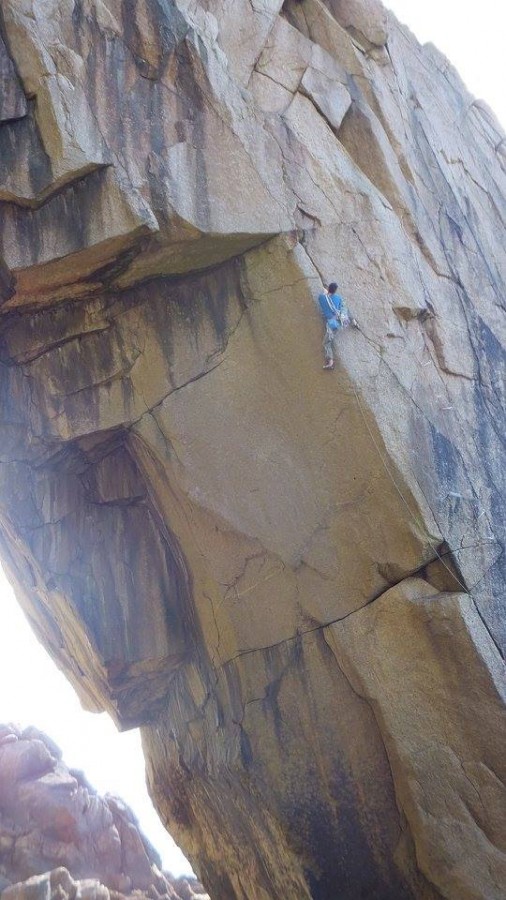
What coaching qualifications have you gained and what does your work currently involve?
I’ve never been too focused on gaining qualifications, I have my MIA and winter ML and deliver the new Mountain Training coaching awards which are one and two day courses looking at good teaching practices within climbing. I generally take qualifications with a pinch of salt as they are only a minimum standard of primarily safety based skills. Many people with MIA and MIC qualifications in the UK would still be regarded as relative novices by experienced climbers or certain foreign climbing instructors such as the French climbing Monitors who have much higher technical standards.
My work over the last few years has involved running private rock courses, guiding, coaching and Climbing Wall Award courses, work for sponsors such as DMM and work on ML training and assessment courses. Very similar to the work I did when at Plas Y Brenin.
This year I’ll be starting a new job with the BMC funded by Sports England as a Youth and Partnerships Officer. Essentially getting 14 to 25 year olds from urban areas into climbing and the outdoors, helping to organise and fund the courses and setting up more BMC youth meets in club huts. It will be fun and epic at the same time.
Most people who come to me for instruction will already be climbing and know basic safety stuff. Depending on where they are at I try and make them confident within themselves and self sufficient. Thinking about suitable goals for them, going through lead fall processes on sport/trad climbs and self rescue are all regular points I’ve covered with clients. Written goals are considerably more likely to succeed than unwritten ones, and many people seem to lack imagination with what they could achieve if they really wanted to.
What message do you try to instil on those who come to you for coaching or help with their climbing?
My work as a BMC ambassador has involved running rope rescue workshops, giving climbing lectures, helping at youth meets, being on interview panels, making video shorts for BMC TV and generally helping to promote the BMC in any way I can.
The most exciting project for 2016 is the new job. I’m having a trip to Arran at the end of May to try a climb called The Great Escape, I may try a Welsh 100 climbs the end of June. That’s about it I’m afraid although Dan McManus wants to go back to Yosemite to try and climb Zodiac so who knows.
Beyond 2016 I’ve an endless list of climbs I’d like to try, I could complete all the climbs in the Extreme Rock book over the next couple of years and I think that will become a high priority soon.

